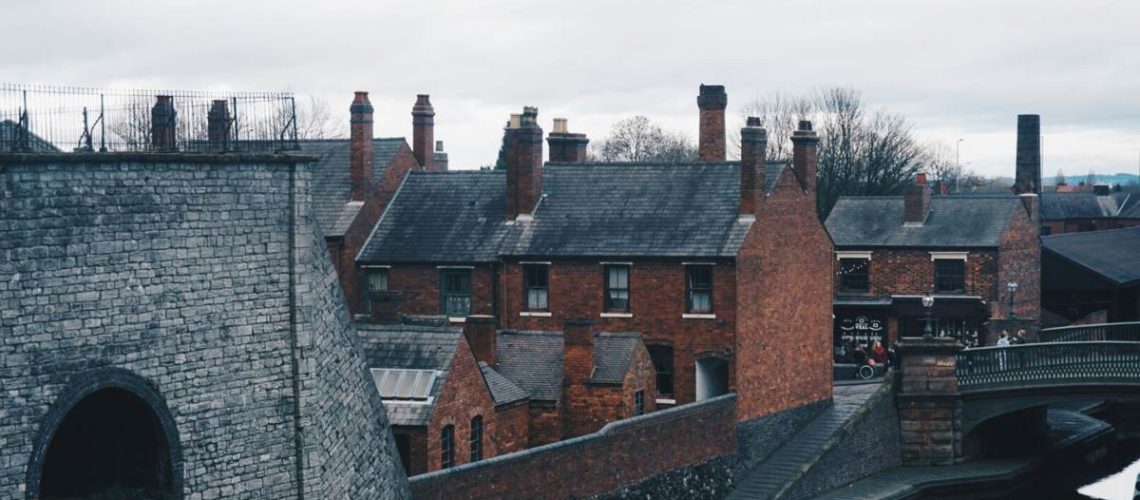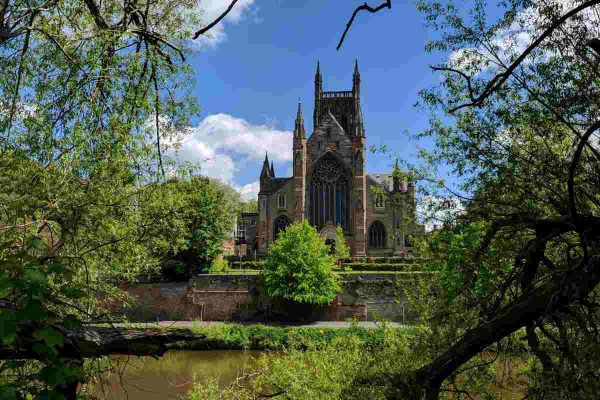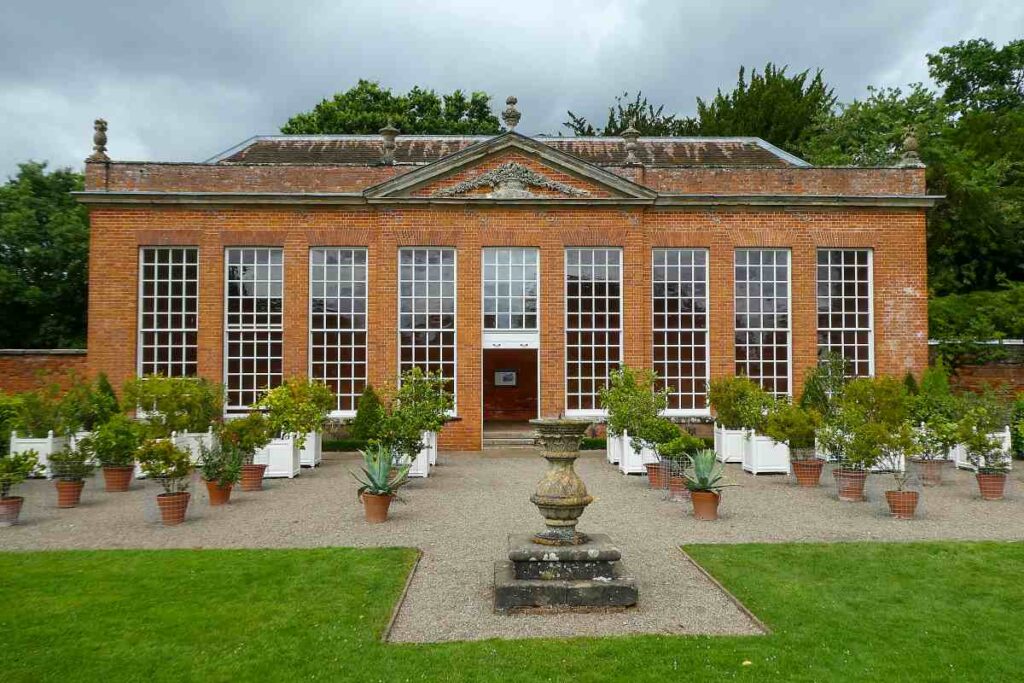


Nestled in the heart of England, Worcestershire boasts a rich tapestry of historic buildings that tell the story of centuries past. From medieval castles to Tudor manors and Victorian industrial sites, the county’s architectural heritage is a testament to its cultural and economic evolution. However, as time takes its toll and modernisation pressures mount, preserving these cherished structures becomes paramount. In this article, we delve into the historical significance of buildings in Worcestershire, the challenges faced in their conservation, and the impactful efforts made to safeguard the county’s architectural legacy.
Worcestershire’s architectural landscape is a testament to its diverse history, with each building bearing witness to different epochs and influences. The country’s medieval heritage is exemplified by landmarks like Worcester Cathedral, a masterpiece of Gothic architecture dating back to the 11th century. Nearby, the timber-framed Tudor houses of Bewdley and Droitwich Spa offer a glimpse into England’s Tudor era, characterised by intricate craftsmanship and half-timbered facades

Moving forward, Worcestershire’s industrial revolution saw the emergence of Victorian factories and warehouses, such as the historic carpet mills of Kidderminster. These red-brick towers are reminders of the county’s pivotal role in England’s industrialisation, providing insight into the socioeconomic shifts of the 19th century. Additionally, Worcestershire’s rural landscapes are dotted with quaint cottages and farmsteads, reflecting the agricultural traditions that have shaped the region’s identity.
Despite their intrinsic value, Worcestershire’s historic buildings face numerous challenges that threaten their preservation. Chief among these is the natural decay process, exacerbated by weathering, pollution, and neglect. Structural instability and deterioration of materials pose significant risks to the integrity of these buildings, requiring timely intervention to prevent irreversible damage.
Furthermore, urban development pressures and changing land use patterns constantly threaten Worcestershire’s architectural heritage. As demand for modern infrastructure and residential space increases, historic buildings often find themselves in the path of demolition or unsympathetic renovation. Balancing the need for progress with the imperative to protect the past presents a delicate challenge for conservationists and local authorities.
In the face of these challenges, concerted efforts are underway to conserve Worcestershire’s historic buildings for future generations. Preservation initiatives employ a multifaceted approach that combines architectural expertise, heritage legislation, and community engagement. Adopting conservation principles, such as repairing rather than replacing original materials, ensures that the authentic character of historic buildings is retained.
Moreover, partnerships between public and private stakeholders play a vital role in financing and executing conservation projects. Heritage organisations, local trusts, and government bodies collaborate to secure funding, provide technical support, and raise awareness about the importance of building conservation. By fostering a sense of stewardship among residents and visitors, these initiatives empower communities to take ownership of their architectural heritage.

Several noteworthy conservation projects in Worcestershire exemplify the impact of proactive preservation efforts on local communities.
One such project is restoring Croome Court, a Palladian mansion surrounded by Capability Brown-designed parkland. Managed by the National Trust, this ambitious undertaking involved extensive repairs to the building’s exterior and interior, returning it to its former glory as a cultural and educational hub.
Similarly, the rejuvenation of Worcester’s historic waterfront has revitalised the city’s urban fabric while preserving its industrial heritage. Former warehouses and factories have been repurposed into vibrant cultural venues, waterfront apartments, and artisanal shops, breathing new life into the historic quarter. These adaptive reuse projects demonstrate how conservation can spur economic regeneration and enhance the quality of life for residents.
As Worcestershire’s architectural legacy custodians, we safeguard our shared heritage for future generations. By recognising the historical significance of buildings, addressing preservation challenges, and supporting conservation initiatives, we can ensure that Worcestershire’s cultural treasures endure as enduring symbols of our collective identity. Preserving our past lays the foundation for a more vibrant and resilient future.

Cast iron guttering and pipes play a crucial role in restoring and conserving period and listed buildings. They offer aesthetic appeal and historical significance. Their authentic look and durable material seamlessly integrate with historical architecture, preserving the visual integrity of these essential structures.
As a leading supplier of cast iron rainwater systems in Worcestershire and throughout the UK, Tuscan Foundry has been instrumental in providing bespoke castings, radius, and curved guttering for many building conservation projects in Worcestershire. We collaborate closely with heritage organisations, church conservation groups, architects, builders, and developers to ensure the authenticity and quality of our products.
Tuscan Foundry’s cast iron guttering and pipes have been utilised in numerous projects across Worcestershire and its surrounding areas, contributing significantly to conservation endeavours in the region.
We specialise in crafting custom-made, high-quality cast iron components that adhere to strict standards for historic preservation. With one of the largest ranges of cast iron hopper heads for period, listed, church, and religious buildings, we can also accommodate bespoke patterns and castings tailored to your project’s specifications.
For more extensive and intricate projects, we offer onsite cast iron guttering and drainage surveys and consultation visits (charges may apply; please inquire). Our expertise ensures that the restored buildings will serve as enduring testaments to Worcestershire’s rich heritage, standing the test of time.